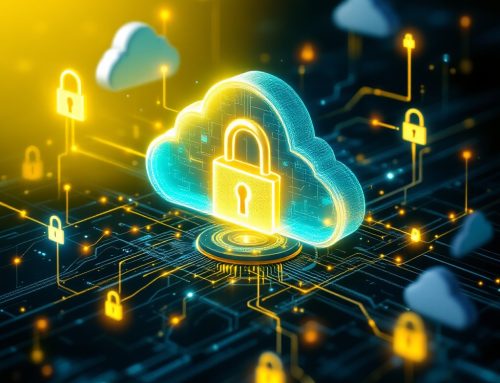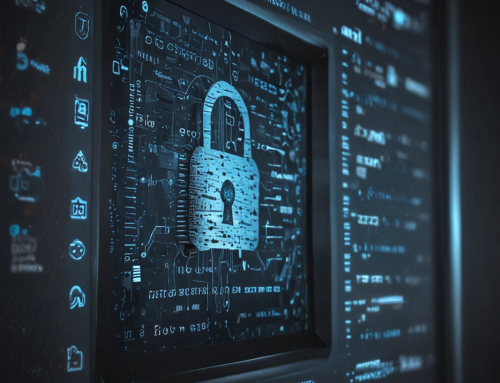The rapid shift to hybrid work models has transformed not only how we work but also how we think about cybersecurity. With employees toggling between corporate and remote networks, the traditional cybersecurity perimeter has become increasingly porous. Recent high-profile security breaches have underscored the importance of adapting our strategies to address these new realities.
Redefining the Perimeter
In a hybrid work environment, the concept of a secure perimeter is no longer confined to the physical boundaries of an office building. Instead, it extends to encompass any remote locations employees may use as workspaces. This shift necessitates a redefinition of how we secure data and communications, demanding new approaches to perimeter security.
Companies need to implement zero-trust frameworks, which assume that threats may exist both outside and inside the network. By continuously verifying user identities and device security before granting access to resources, companies can better protect their sensitive data, regardless of where their employees are working.
Learning from High-Profile Security Breaches
Recent high-profile security breaches have revealed significant vulnerabilities in organizational cybersecurity strategies. These incidents highlight the necessity for dynamic and flexible security policies that can quickly adapt to new threats.
For instance, the infamous SolarWinds breach demonstrated how attackers could exploit supply chain vulnerabilities to penetrate even the most secure networks. In response, many organizations are now reevaluating their third-party vendor management and implementing more rigorous security assessments and monitoring.
The Role of Employee Education and Accountability
With employees spread across various locations, maintaining security integrity requires more than just robust technology. It also depends on the vigilance of every individual within the organization. Employee education and accountability have never been more crucial.
Regular and engaging training sessions can help employees recognize phishing attempts, understand the importance of password hygiene, and be aware of the latest security threats. By fostering a culture of security consciousness, businesses can empower their workforce to function as a first line of defense against potential breaches.
Leveraging New Technologies
Emerging technologies and solutions play a pivotal role in the modern cybersecurity landscape. Besides zero-trust frameworks, tools like endpoint detection and response (EDR) systems, cloud security solutions, and AI-driven threat intelligence are becoming essential components of a comprehensive cybersecurity strategy.
These technologies offer advanced capabilities for monitoring, detecting, and responding to threats in real-time, providing an additional layer of protection in a decentralized work environment.
Securing Your Physical Devices
As hybrid work models become more prevalent, securing physical devices is paramount to preventing unauthorized access and data leaks. One effective measure is the implementation of port locks, which restrict access to USB ports and other connection points on devices. By limiting the use of external drives and peripherals, companies can significantly reduce the risk of data exfiltration and malware infections that could occur from untrusted devices.
In tandem with port locks, data blockers serve as another essential tool in the cybersecurity arsenal. These devices are designed to prevent data transfer while allowing power supply through charging ports. This dual-functionality ensures that employees can charge their devices safely in public spaces – such as cafes or coworking areas – without the risk of data theft or corruption. Together, port locks and data blockers enhance the physical security of devices, forming a crucial part of an organization’s broader cybersecurity strategy in a hybrid work environment.
6 Recommendations for Strengthening Cybersecurity
To adapt to the challenges posed by hybrid work models, organizations must take a proactive stance in strengthening their cybersecurity frameworks. Here are some key recommendations:
- Implement Robust Endpoint Security: Protect all devices connecting to your corporate network, whether they’re on-site or remote, with advanced endpoint security solutions.
- Adopt a Zero-Trust Approach: Shift toward a zero-trust model that requires continuous verification of users and devices, minimizing the risk of unauthorized access.
- Enhance Employee Training Programs: Conduct regular cybersecurity training sessions to keep employees informed about the latest threats and best practices.
- Regularly Update Security Policies: Ensure that your cybersecurity policies are dynamic and adaptable, reflecting the evolving threat landscape and incorporating lessons from recent breaches.
- Invest in Advanced Technologies: Leverage innovative technologies to enhance threat detection and response capabilities, ensuring a swift and efficient reaction to any potential security incidents.
- Use Port Locks and Data Blockers: Implement port locks to restrict access to USB ports and other connection points on devices, while also incorporating data blockers to allow safe charging without risking data transfer. These measures help prevent unauthorized access and minimize the risk of data theft or malware infections, enhancing the physical security of devices within a hybrid work environment.
Staying One Step Ahead
The hybrid work model is here to stay, and organizations must evolve their cybersecurity strategies to meet the unique challenges it presents. By redefining the security perimeter, learning from recent breaches, fostering a culture of cybersecurity awareness, and leveraging new technologies, businesses can better protect their assets and maintain trust with stakeholders.
To stay ahead in this dynamic landscape, it’s crucial for IT professionals, business leaders, and cybersecurity experts to collaborate and continually adapt their strategies. In doing so, they can ensure that their organizations remain resilient against the constantly evolving threats of the digital world.










